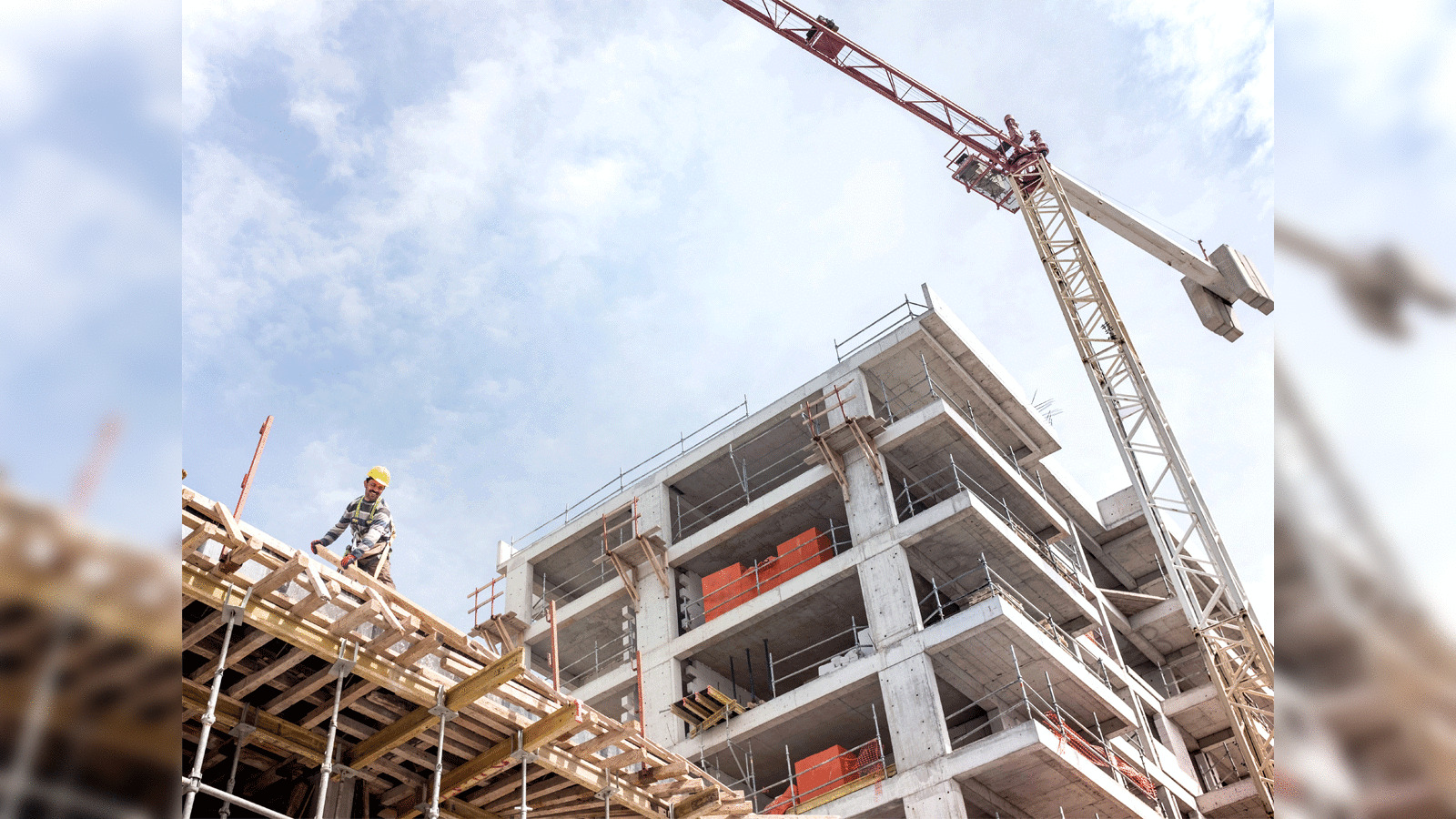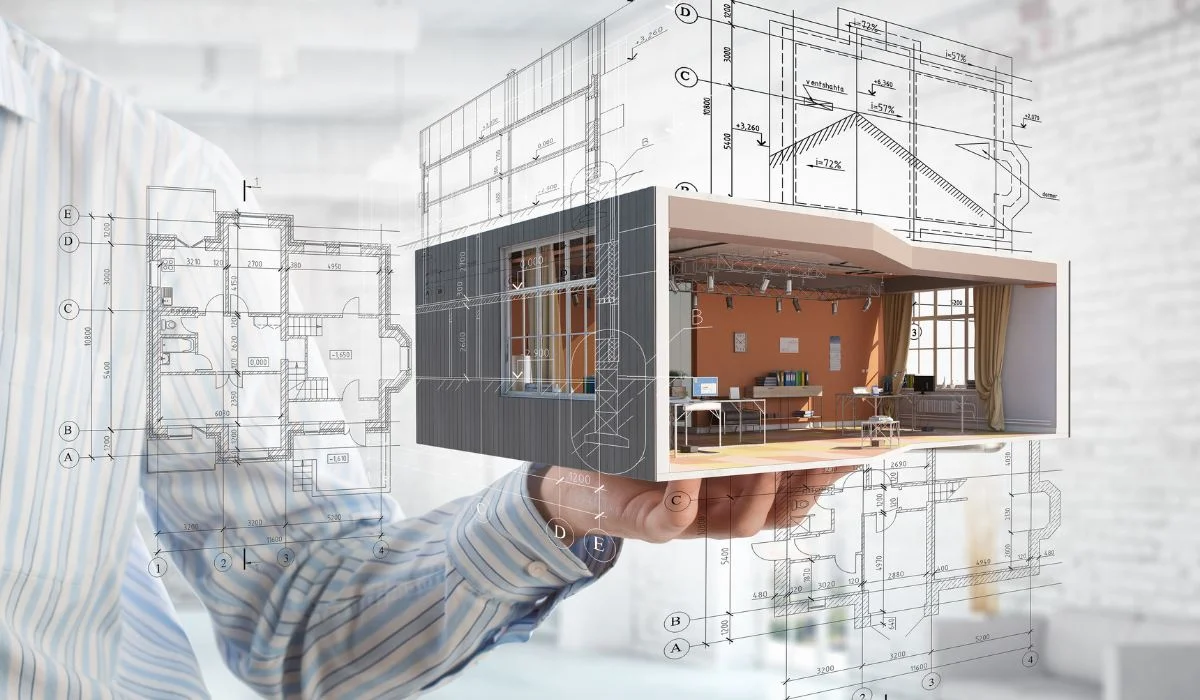
Entering on a construction project can be both interesting and daunting, especially for the beginners. Whether you are planning to build your dream home or would like to join the construction project, understanding the ABC’s of construction is crucial. Understanding the basic concepts and methods is very important and it’s the backbone of Construction projects. Here we provide you some tips and processes for understanding the basics of construction.
A is for Architectural Design:
Architecture is the basis of House construction. The begining in any construction project is to promote a transparent understanding of the plan and format. This process requires an integration of designers, engineers and other shareholders to bring creative and applicable designs to life. Understanding architectural plan, layout and design concepts will place a strong foundation for your journey in House construction. Explore yourself with different architectural designs and how the overall building looks after the construction.
B is for Building Materials:
Choosing the quality building materials is one of the main aspects in a Construction project. Understanding the choice and use of building materials is important for protecting structural honesty, durability and utility in Construction projects. From Common materials like wood and concrete to modernized choices such as steel and compound materials, each single material has its own set of advantages and considerations. Understand how different substances impact the structure’s stability, expense and environmental livable.
C is for Construction Practices:
Construction practices play a significant role in determining the efficiency, cost effectiveness, and overall success of a construction project. Some of the main aspects included in house construction are site formation, groundwork laying, framework, roofing, insulation, indoor works etc. Many construction practices cater to different project needs. Whether it’s traditional sticks framing, modular construction, pre-engineered structures or masonry work each method has its own benefits. Explore the professionals in different ways to choose the best fit for your project.
D is for Documentation:
Documentation in construction projects is an essential aspect of the building process that involves the methodical recording and protection of data related to construction projects. This extensive documentation works as a blueprint for many shareholders which includes architects, designers, contractors and administrative authorities. It encircles a broad range of materials such as constructive drawings, blueprints, permits, agreements and project reports. Useful documentation is required for ensuring clarity and successful completion of construction projects.
E is for Environmental Consequences:
Environmental consequences in house construction related to the impacts that building activities have on the environmental surroundings and ecosystems. This impact can surround various aspects, including resource reduction, energy consumption, discharge of pollutants, environment disruption and waste formation. Sustainable construction practices aim to reduce these negative consequences by integrating eco-friendly substances and energy-efficient plans. By considering these environmental factors in house construction, builders can participate in a durable future and homes that are ecologically responsible and energy-efficient.
F is for Foundations:
Foundations in house construction are the basic elements that provide support and stability to a building.These compulsory components move the load of the structure to the essential soil, ensuring the integrity and safety of the entire house. Some of the common types of foundations include concrete slab, crawl space and basement foundations, each selection based on factors like land condition, climate and local construction regulations. A good design and correctly constructed foundations is crucial for settling, architectural damage and ensuring longevity of the home.
G is for Getting into Budgeting:
Getting into budgeting in house construction projects needs the process of planning, allotting and managing economic resources to confirm that a construction project stays within the pre planned expense limits. It includes considering expenses for materials, labor, for allowing and various other costs related with building a house. Useful budgeting requires attentive consideration of project chance, market charges and possible events. By creating a practical and pre planned budget every individual can make knowledgeable decisions, avoid economic risks and will successfully cross the construction process while managing financial control.
Conclusion:
“The ABCs of Construction” guide will give you the important ability and ideas to start your house construction project. It counts all from constructive plans to different construction processes and substances, featuring the significance of safety. Especially for beginners, by knowing these basics, you not only raise confidence in managing projects but also develop to create strong enduring structures. These ABC’s will place you on a way to success in the lively world of construction.





